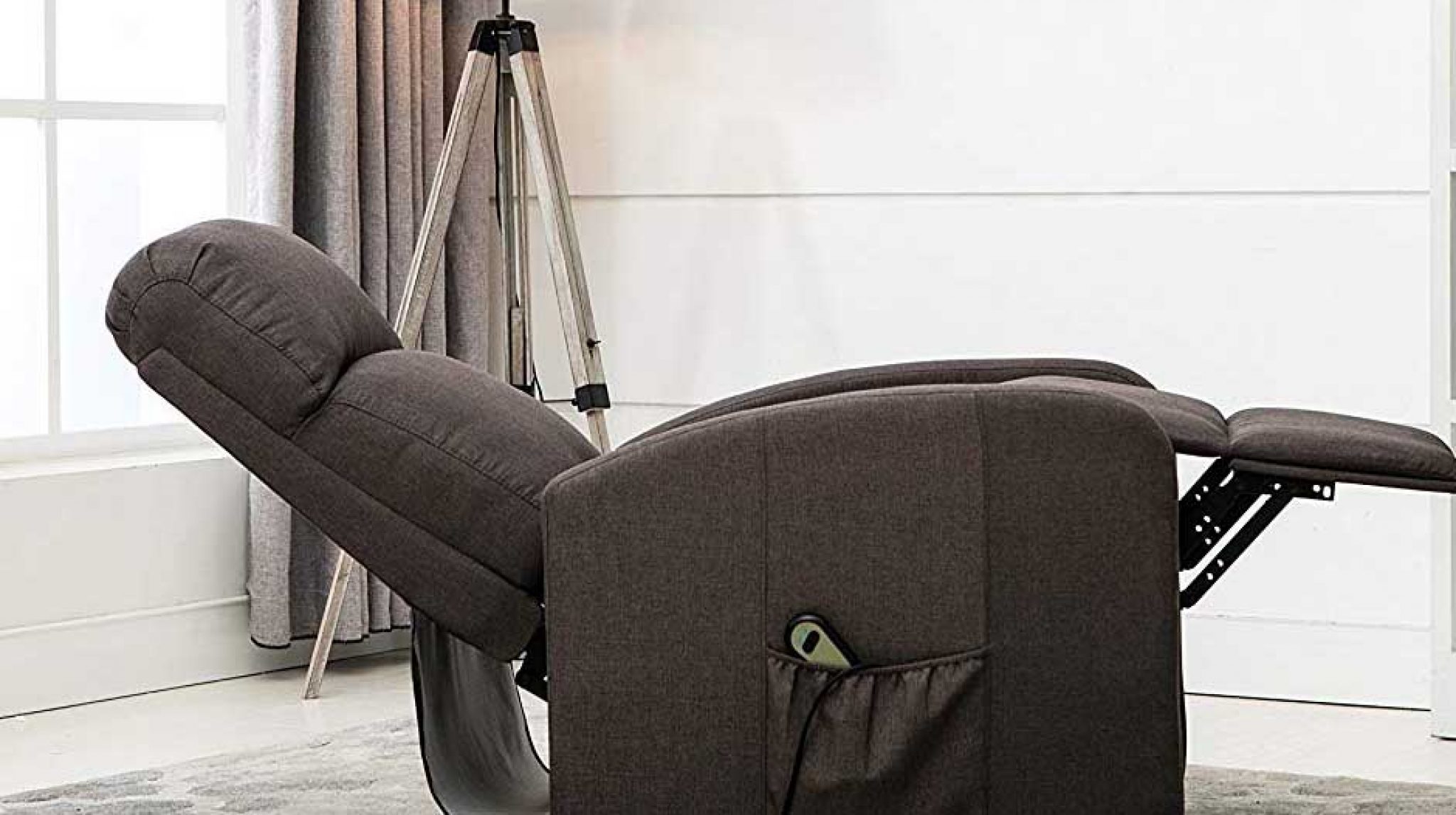Key Features to Consider When Choosing a Chair: Best Chair For Bad Back At Home

Selecting the right chair for your home workspace is crucial, especially if you suffer from back pain. The wrong chair can exacerbate existing problems and create new ones. Investing in a chair with the right features can significantly improve your comfort and posture, leading to a healthier and more productive workday. Let’s explore the key elements to consider.
Best chair for bad back at home – Choosing a chair involves careful consideration of several key features. These features directly impact your posture, comfort, and overall well-being while seated for extended periods. Ignoring these features can lead to discomfort and potential long-term health issues.
Lumbar Support, Adjustable Height, Armrests, and Seat Depth
These four features are fundamental to a supportive and ergonomic chair. Proper support in these areas minimizes strain on your back and promotes healthy posture. Let’s examine each in detail:
- Lumbar Support: A chair with adjustable lumbar support is essential. This feature provides crucial support to the lower back’s natural curve, preventing slouching and reducing strain on the spine. Look for a chair with a contoured backrest that conforms to your lower back’s curvature. The support should be adjustable in height and firmness to accommodate individual needs.
- Adjustable Height: The ability to adjust the chair’s height is critical for aligning your hips, knees, and ankles at a 90-degree angle. This posture reduces strain on your back and legs. Proper height adjustment ensures your feet rest comfortably flat on the floor.
- Armrests: Armrests provide support for your arms and shoulders, reducing strain on your neck and upper back. Adjustable armrests are ideal, allowing you to customize their height and width for optimal comfort and posture. Ensure the armrests don’t impede your ability to get close to your desk.
- Seat Depth: The seat depth should be such that your thighs are fully supported without feeling cramped or squeezed. There should be a small space (about 2-3 inches) between the back of your knees and the edge of the seat. This allows for proper blood circulation and prevents pressure on the back of your legs.
Material Selection: Comfort and Breathability, Best chair for bad back at home
The material of your chair significantly impacts comfort and breathability, particularly during prolonged sitting. Different materials offer varying levels of support, breathability, and durability. Choosing the right material depends on your preferences and climate.
- Mesh: Mesh fabric is highly breathable, preventing overheating and discomfort, especially in warmer climates. It also tends to be lightweight and conforms to the body’s shape, offering good support.
- Leather: Leather is durable and luxurious, offering a sophisticated look. However, it can be less breathable than mesh and may become uncomfortable in warmer temperatures. High-quality leather is generally more comfortable and breathable than cheaper alternatives.
- Fabric: Fabric upholstery offers a wide range of options in terms of texture, feel, and breathability. Some fabrics are more breathable than others; look for options made from natural fibers like cotton or linen for better air circulation.
Essential Features for Long Hours of Home Working
For those who work from home for extended periods, certain features are particularly crucial for maintaining comfort and preventing back pain. These features go beyond the basics and contribute to a more ergonomic and supportive seating experience.
- Headrest: A headrest provides additional support for the neck and head, especially for those who spend a lot of time looking at computer screens. This can help to prevent neck pain and stiffness.
- Reclining Mechanism: A reclining mechanism allows you to adjust the backrest angle, enabling you to change your posture throughout the day. This can help to alleviate pressure on your back and improve circulation.
- Lumbar Support Adjustment: As mentioned earlier, adjustable lumbar support is critical. Look for a chair that allows you to easily adjust the height and depth of the lumbar support to perfectly match your back’s curve.
- Durable Construction: Investing in a well-constructed chair is essential. A sturdy frame and high-quality materials ensure the chair will last for years and continue to provide adequate support.
